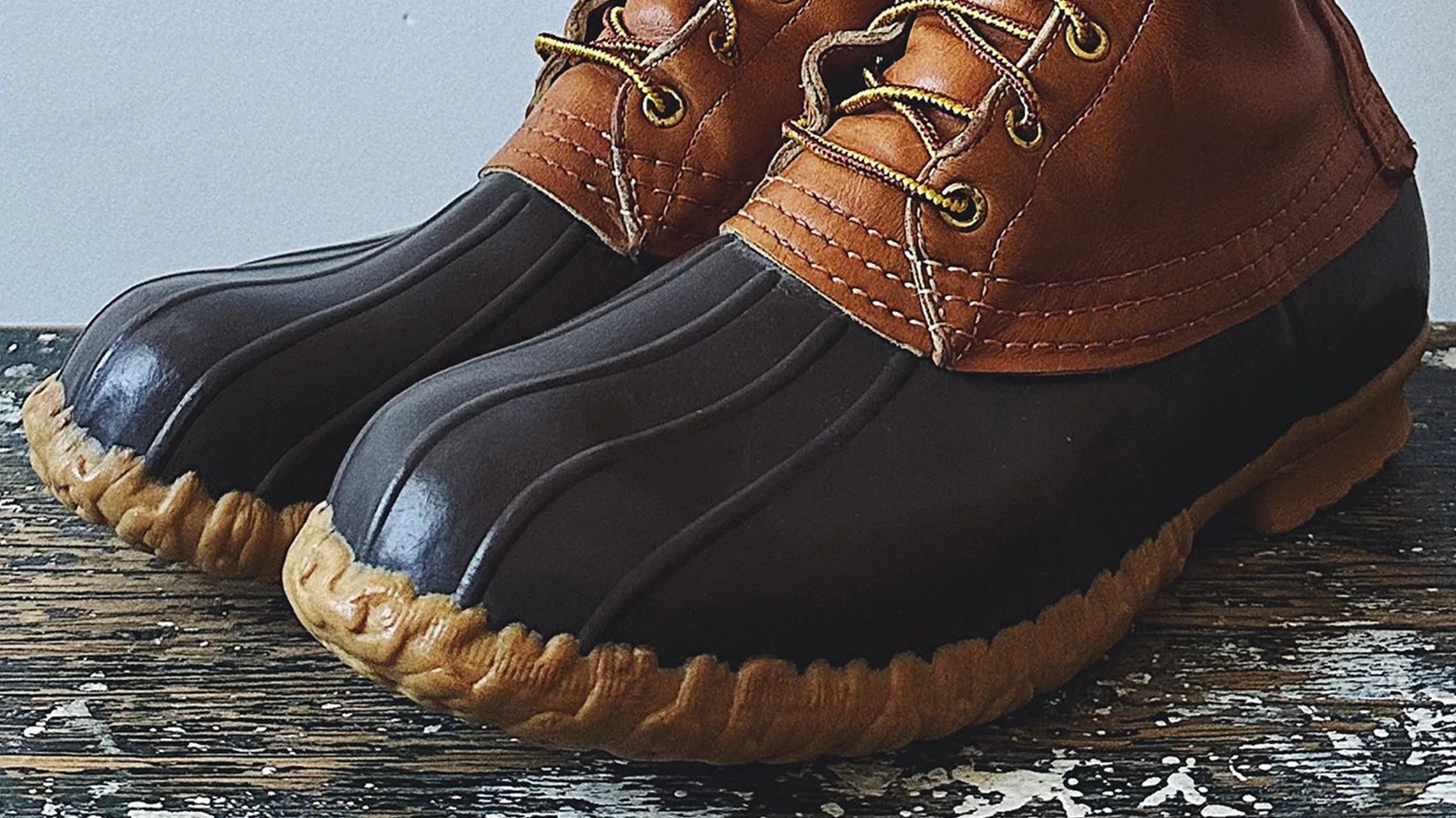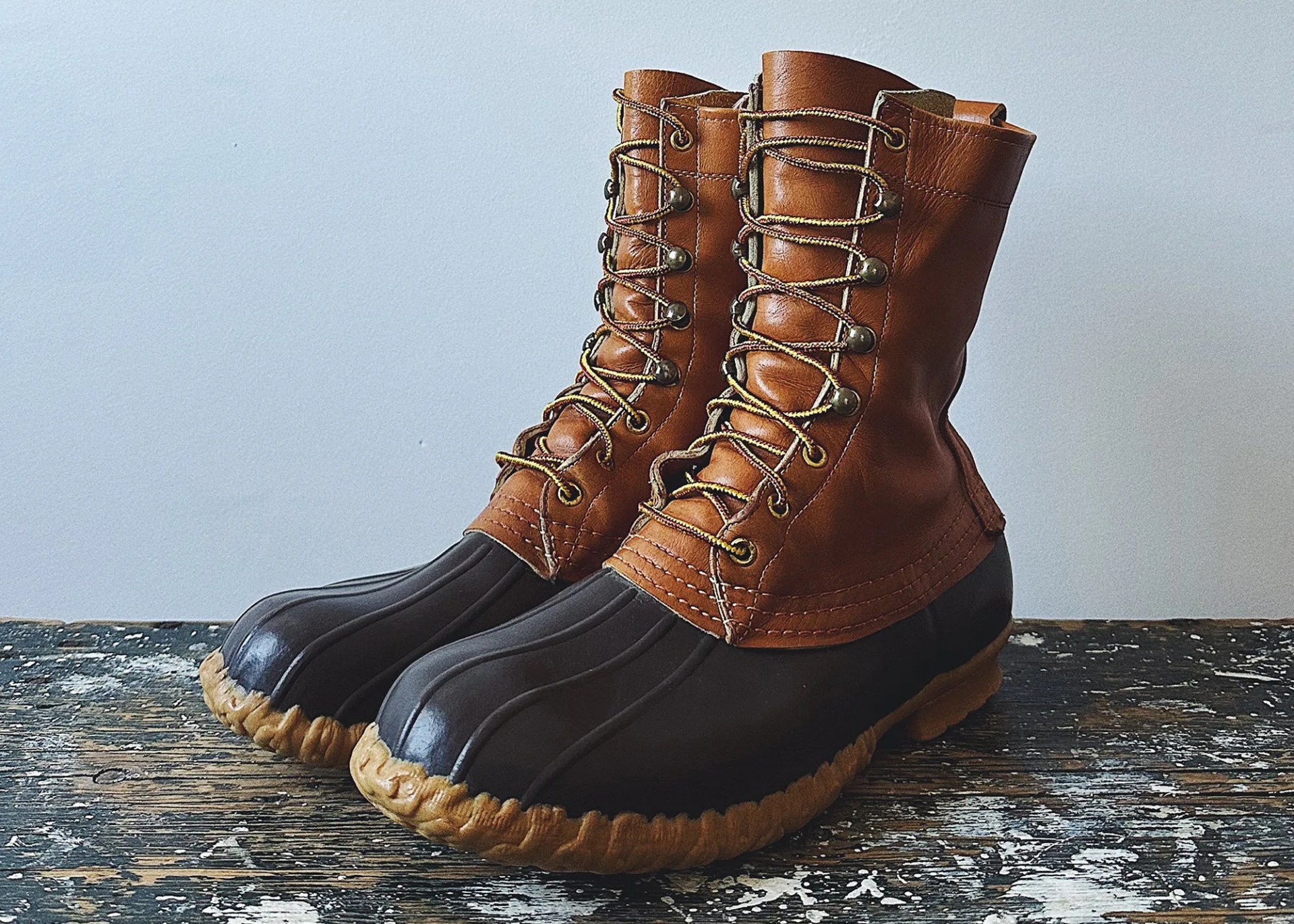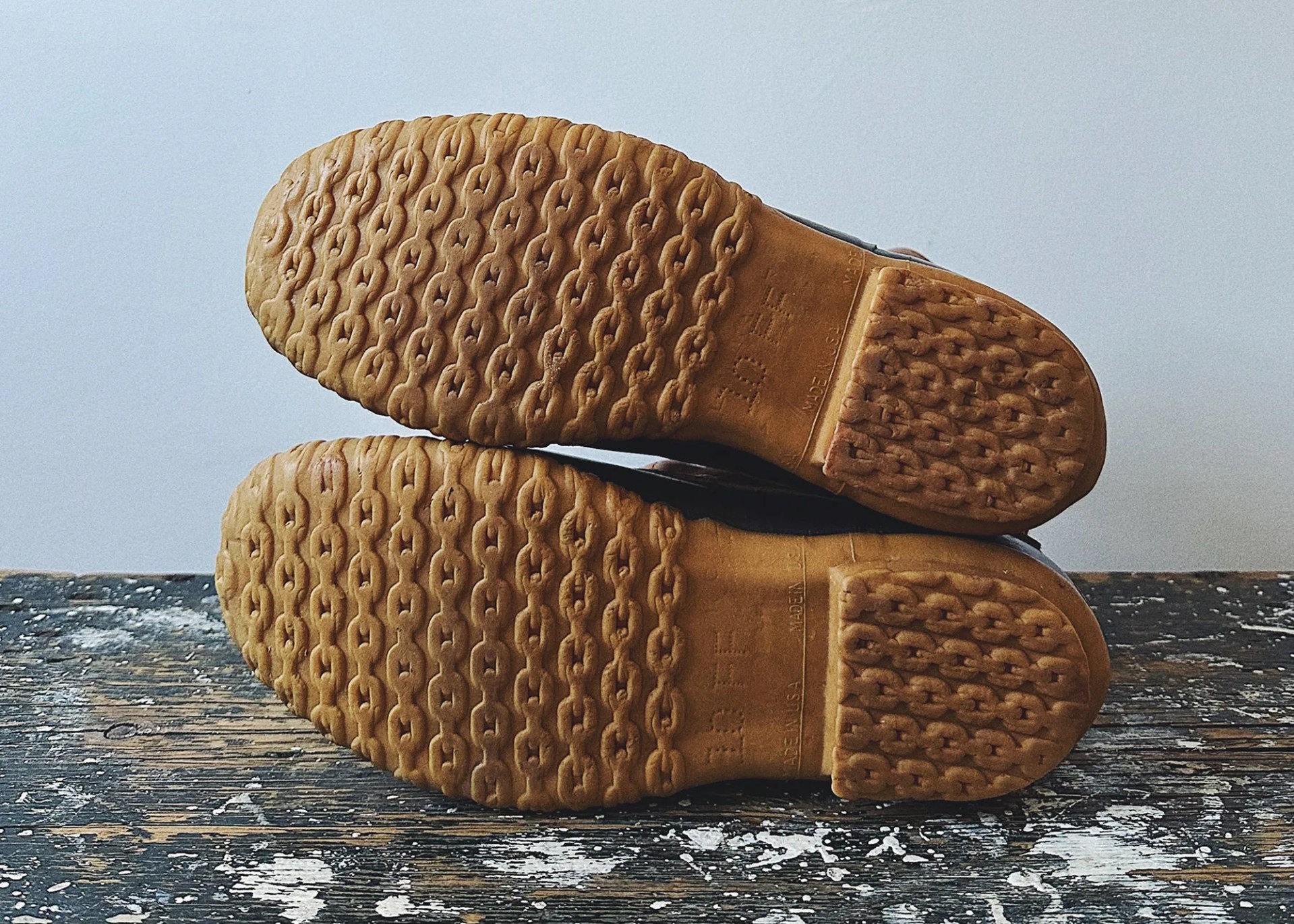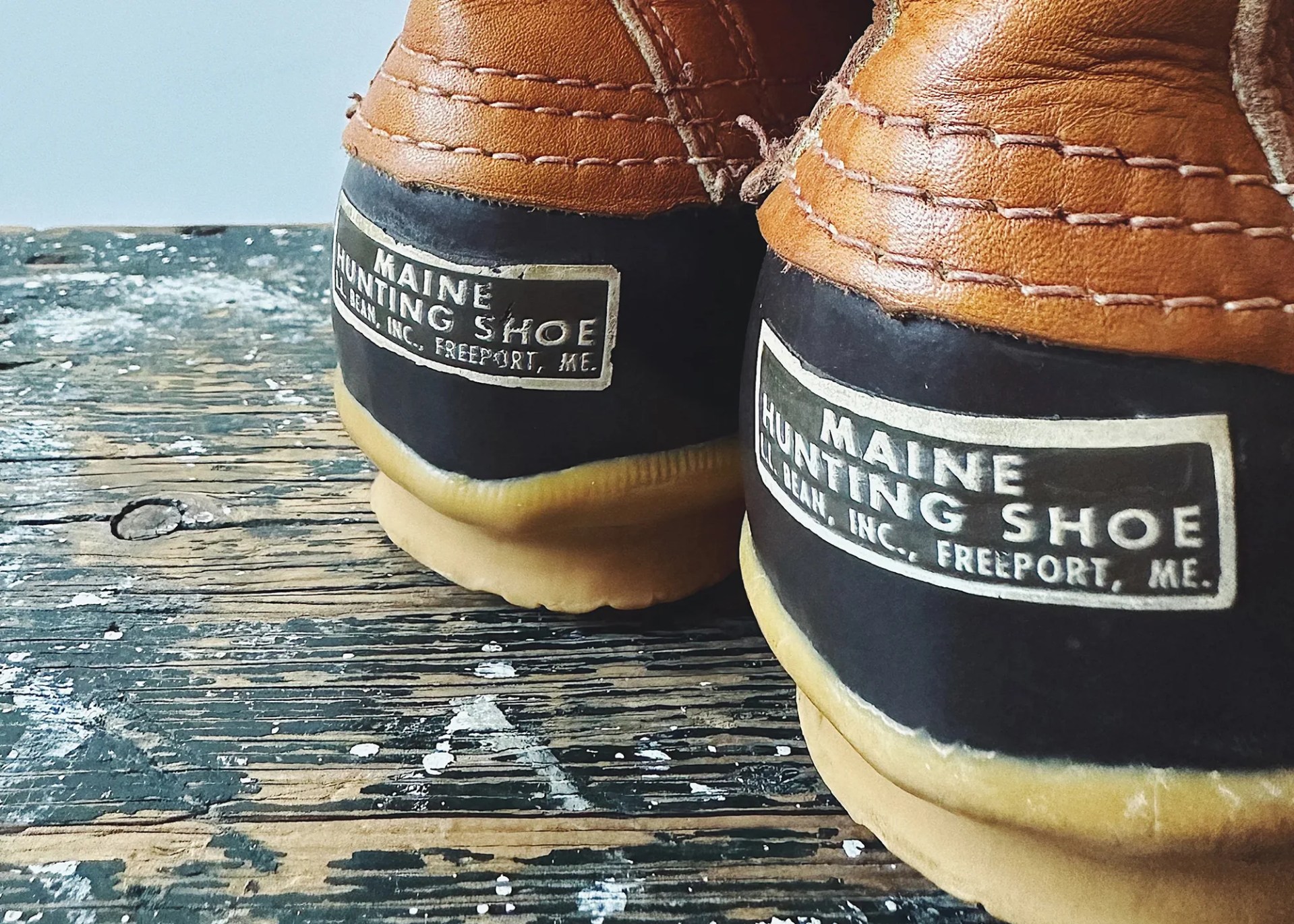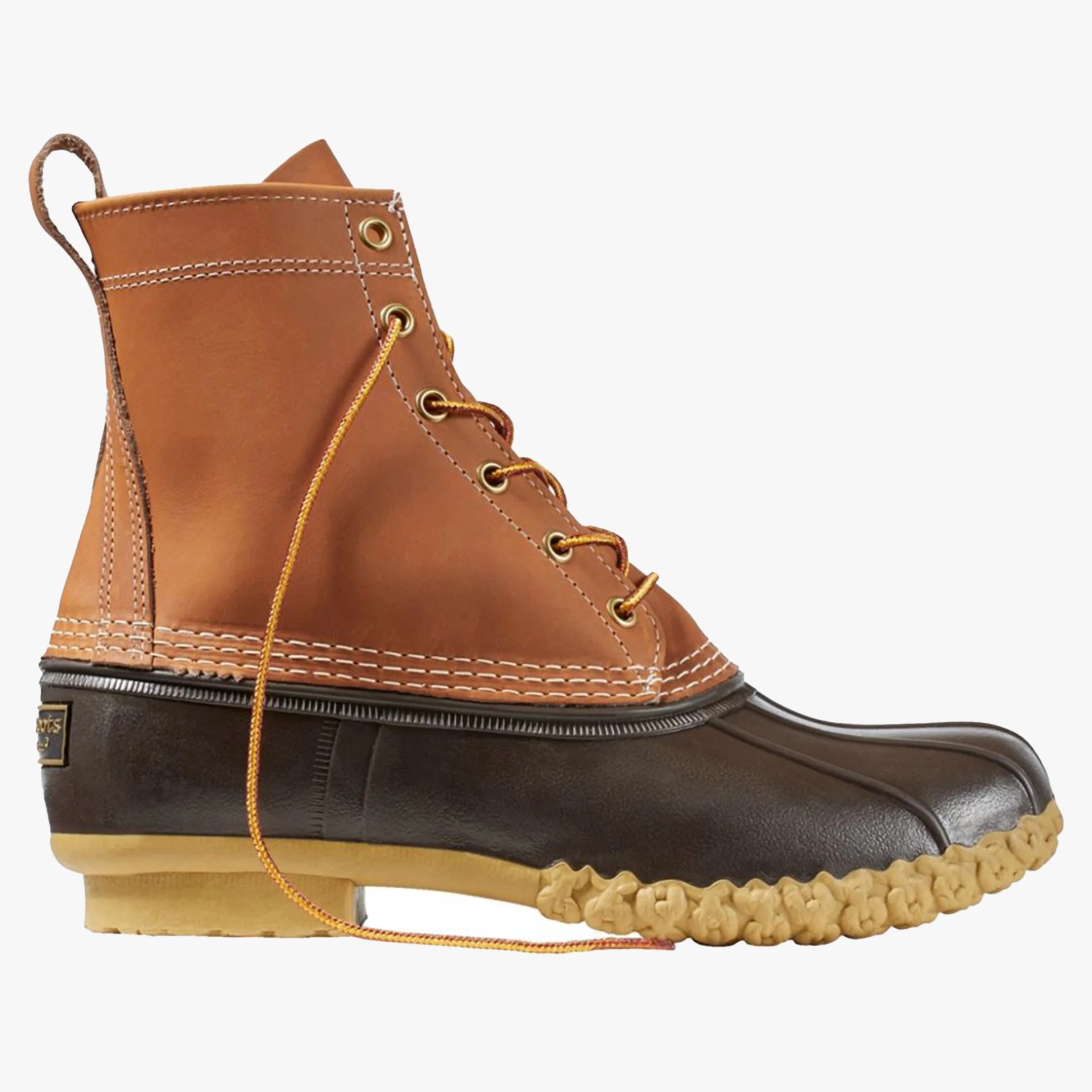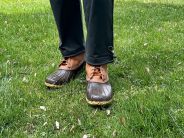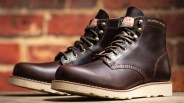Way back in 1912, when Leon Leonwood Bean set out to make a boot that would keep his feet warm and dry during hunting trips in the western Maine backwoods, he probably had no idea his footwear would still be thriving more than a century later.
“To this day, we’re proud that Bean Boots are made by hand by our dedicated stitchers in Maine — just like the original,” says Shawn Gorman, L.L. Bean chairman and great-grandson of the brand’s founder. “That hand-made quality is part of the magic of the L.L. Bean Boot.”
Shawn Gorman, L.L. Bean chairman and great-grandson of the brand’s founder
Indeed, it had to be the furthest thing from his mind when 90 of the first 100 boots he sold, with a 100% satisfaction guarantee, were returned.
See, as innovative as his fusion of a leather upper and rubber sole was, the single-line stitching was not tough enough to reliably hold the two elements together.
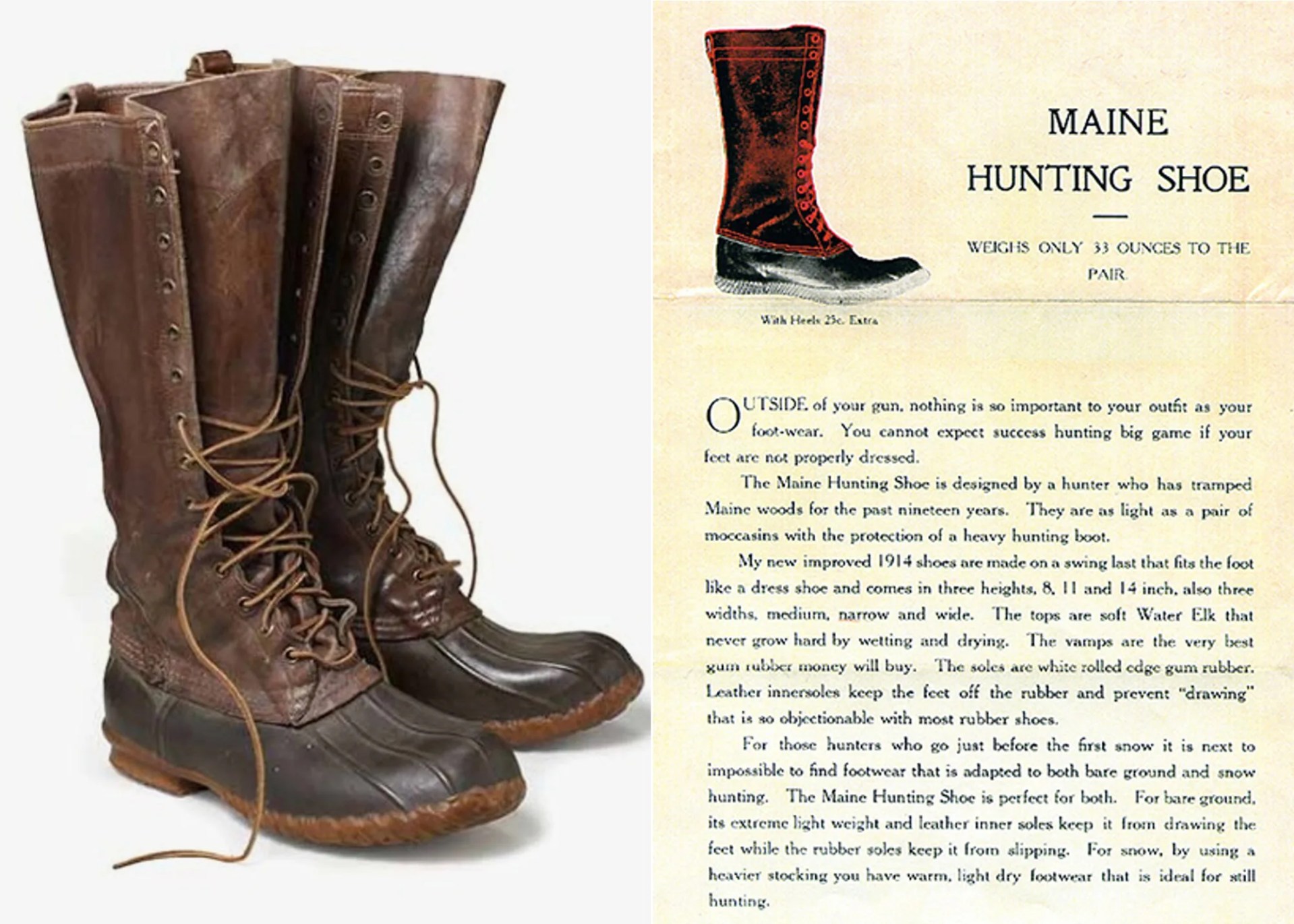
Retooled to last
Bean issued refunds and then took a step that would forever change the course of his business, hunting boots and outdoor foot comfort in general: He sourced more durable rubber and introduced triple-line stitching, merging the rubber with the leather so securely, the boots are still made that way today — and can last more than a lifetime.
In case there were any doubt, L.L. Bean has again partnered with New York-based vintage menswear brand Wooden Sleepers to source vintage products, following last month’s Field Coat drop with one featuring Bean Boots (and Chamois Shirts).
